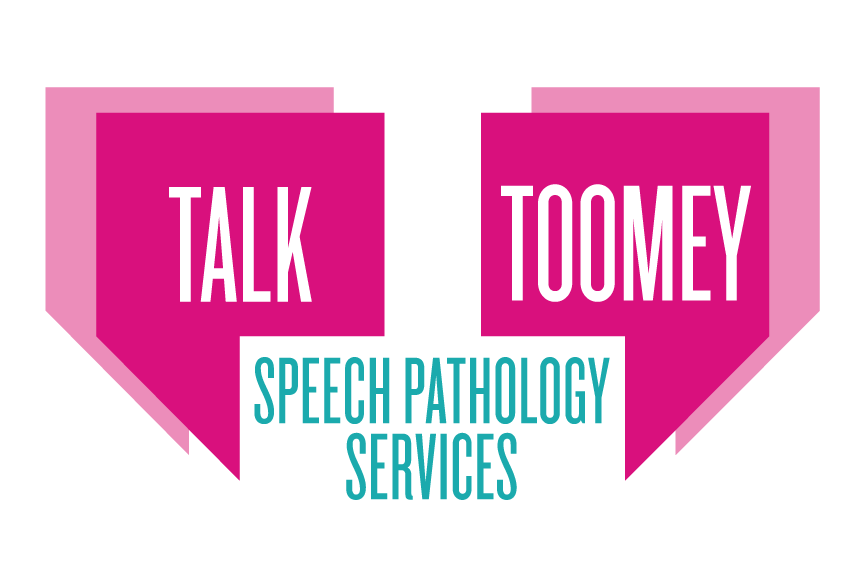Speech therapy + Yoga = Holistic Approach to Better Cognitive Skills
/Yoga is an art that allows individuals to connect mind and body. If you've taken a yoga class, you know that significant emphasis is placed on breathing technique. Did you know that yogic breathing promotes self-control, impulse control, and ability to self-regulate? These skills lay the foundation for children's ability to engage and listen fully. Yoga allows children to listen and interpret meaningful language. It allows them to process and interpret information in a meaningful way. Children make connections through language and do so more efficiently when movement is involved. How?
The vestibular (inner ear) and cerebellar (motor activity) system is the first sensory system to mature. The vestibular information collects information and gives feedback regarding movement. Information is then sent from the cerebellum to the rest of the brain, including the visual system and the sensory cortex. The cerebellum monitors the information from the vestibular system and has the ability to communicate with the reticular activating system, near the top of the brain stem. This area is critical to our attention, as it regulates the incoming information. All of this complex information helps us to maintain balance, perform actions, and coordinate movements.
Brain function is made possible by oxygen. Breath support lays the foundation for yoga. Movement increases blood flow. An increase in blood flow means the amount of oxygen transported to the brain. Still with me?
Physical movement strengthens the heart, lungs, muscles, and bones--but that's not all! Movement enhances brain regions including the basal ganglia, cerebellum, and corpus callosum—all key areas of the brain. Movement helps to increase the number of connections between neurons. This can be especially beneficial for individuals with apraxia of speech. Increased movement, repetition of movement, and crossing midline all help improve coordination. Not convinced yet? Research shows that exercise and movement increase growth of NEW neurons in the brain. How cool is that? Yoga poses are a great way to incorporate movement into a literacy based session to enhance concept knowledge, build vocabulary, target visual imagery, and increase social skills and self confidence. Read more.
As always, thank you for reading!
Quick tips: Incorporate movement while teaching. Give your special needs or movement seeking students an "errand" to run or a task that requires them to get up and move to provide opportunity for movement. Implement whole group movement activities within each subject. Ideas can be as simple as playing Simon Says or asking children to shape their bodies to look like their favorite food/animal/toy. Kids will get a kick out of doing this and observing their peers.
Some information gathered from:
Ellemberg, D., & St-Louis-Deschenes, M. (2010). The effect of acute physical exercise on cognitive function during development. Psychology of Sport and Exercise, 11 (2), 122-126 DOI
Jensen, E. (1998). Teaching With the Brain in Mind. Alexandria, VA: Association for Superivsion and Curriculum Development.
Talk Toomey Háblame Speech Pathology Services, LLC strives to provide innovative opportunities for learning. #talktoomey #talktoomeyháblame

